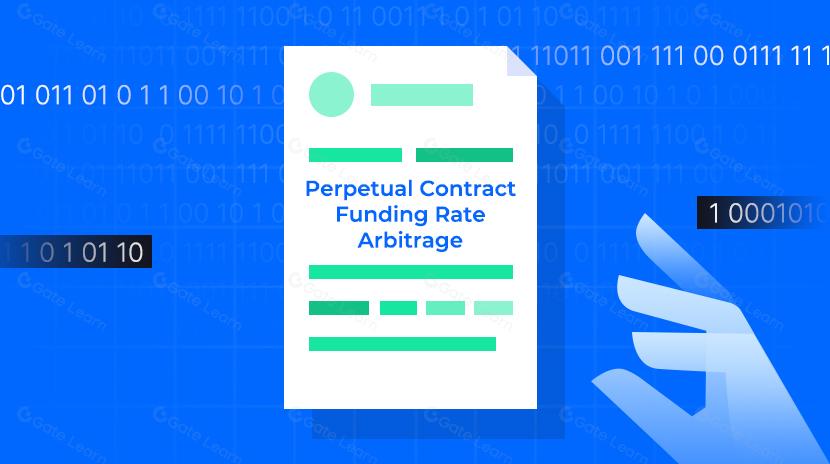what is snipers

Token Sniping refers to the practice where cryptocurrency traders quickly purchase new tokens immediately after they are listed on decentralized exchanges (DEXs). This strategy aims to gain early position before token prices significantly increase, potentially yielding high returns. Snipers typically monitor blockchain for liquidity pool creation events and use specialized bots or scripts to execute buy orders within the first moments of trading, sometimes even before public sales begin.
Key Features of Token Sniping
Core characteristics of token sniping include:
- Automated Execution — Reliance on specialized bots or scripts to monitor blockchain activity and execute trades far faster than manual operations.
- Priority Fees — Snipers typically set extremely high gas fees (transaction fees on networks like Ethereum) to ensure their transactions are processed first.
- Arbitrage Nature — Essentially an arbitrage activity that capitalizes on price volatility during initial token listings.
- MEV Exploitation — Snipers often utilize Maximal Extractable Value (MEV) techniques to prioritize their transactions.
- Technical Barriers — Requires understanding of smart contracts, blockchain interactions, and automated tool development, creating a significant technical threshold.
Token sniping is particularly prevalent on smart contract-supporting blockchains like Ethereum and Binance Smart Chain (BSC), especially on decentralized exchange platforms such as Uniswap and PancakeSwap. This activity is most intense during new token launches, particularly for highly anticipated or widely promoted projects.
Market Impact of Token Sniping
Token sniping has profound effects on the market:
-
Increased Price Volatility — Causes dramatic price fluctuations during initial token listings by creating artificial buying pressure.
-
Liquidity Challenges — Large sniping transactions can rapidly deplete initial liquidity, forcing subsequent investors to face higher prices or slippage.
-
Fairness Issues — Due to technical advantages and capital disparities, average investors often cannot compete with professional snipers, creating unequal participation opportunities.
-
Project Implications — For project teams, extensive sniping can lead to suboptimal token distribution, affecting community building and long-term development.
-
Network Congestion — During popular token launches, numerous high-gas-fee transactions can congest the entire network, impacting other users' regular transaction experiences.
Risks and Challenges of Token Sniping
Token sniping activities come with significant risks:
-
Honeypot Traps — Malicious projects may set up "honeypot" contracts specifically designed to trap sniping bots, preventing funds from being withdrawn.
-
Fake Liquidity — Some projects might set up fake liquidity or manipulate early trades, trapping snipers in price manipulation schemes.
-
Contract Vulnerabilities — New tokens may contain unaudited contract vulnerabilities like transfer taxes, trading restrictions, or blacklist functions.
-
Regulatory Risks — As cryptocurrency markets face increasing regulation, automated trading and front-running may come under legal scrutiny.
-
Intensifying Competition — As sniping tools become more widespread, competition intensifies, continuously compressing profit margins.
-
Financial Losses — Many sniping activities target high-risk tokens with potential for rug pulls, scams, and total value loss.
Token sniping, as a trading strategy, reflects both technological innovation in crypto markets and exposes issues of market efficiency and fairness. For investors, understanding this phenomenon helps better comprehend market mechanisms; for developers, it raises questions about designing fairer token distribution systems.
For investors, developers, and exchanges alike, understanding the mechanics, impacts, and potential risks of token sniping is crucial for making informed decisions in the cryptocurrency market. While token sniping creates profit opportunities for some professional traders, it continues to pose challenges for the healthy development of the crypto ecosystem and fair participation by ordinary investors. As the industry matures and regulations evolve, related mechanisms will likely continue to adapt.
Share
Related Articles

Top 10 Meme Coin Trading Platforms

Review of the Top Ten Meme Bots
